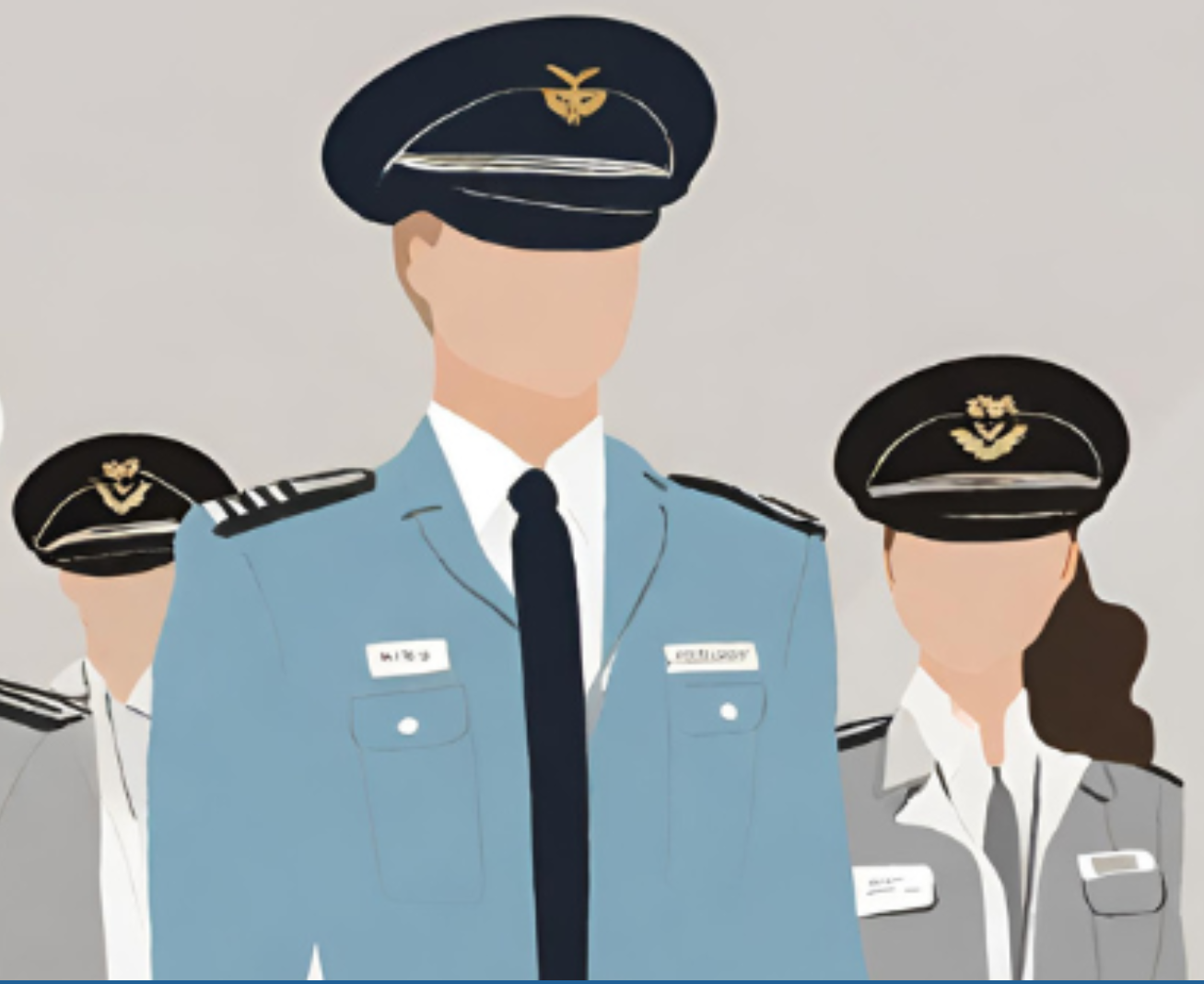In this article, FPU gives you 5 tips on how to communicate Commander’s Discretion, assess crew fatigue, consider crew experience level and when to not use CMD’s Discretion.
By Federal Secretary in FPU and former captain, Kasper Svendsen
Don’t wait till the very last minute before assessing CMD Discretion
You don’t have to wait until the very last minute to ask your crew if they are willing to go into CMD’s Discretion. It can benefit both you, your crew and the company if you take a decision as early as possible.
Use available breaks or turnarounds to get an indication of your crew’s wellbeing and inform your company well in advance about your decision whether or not you are willing to exercise CMD’s Discretion on that day. It might make it easier for the company to arrange for a new crew to complete the last flights if they know your decision well in advance.
Ask your crew the right way
It’s important to have an open and honest dialogue with your crew. And that starts with you as the commander.
Think about how you phrase your questions. For instance, if you start by stating that you are willing to exercise CMD’s Discretion, your crew might feel pressured to do the same even though they don’t really feel like it. Or if you start by letting everybody else state their opinion first, then your crew might hold back until they hear what their colleagues are considering.
Instead, it can be a good idea to open the conversation with an acceptance that there are no right or wrong answers, and you will back up every decision taken by every crew member and the crew as a whole.
Think about your crew’s experience level
Many commanders will fly with both experienced and inexperienced crew. Experienced crew who have worked in the industry for a long time have most likely already established their personal boundaries and know when to say stop. They probably also have higher seniority, which will create a feeling of higher job security.
Many inexperienced crew members might just follow what everybody else is doing in order to not “get in trouble”.
It’s all about safety
Remember that CMD’s Discretion is all about safety.
It’s there in case of unforeseen delays that are out of your control, and a means to prolong the duty for you and your crew. But only if you can establish that your crew is fit for flight and can maintain the normal safety level.
Remember that the last flight going into CMD’s Discretion has to fulfil the same level of safety as the first flight you did that day. If it doesn’t, say no.
It’s ok to say no
Many have probably felt the need to just get the last leg over and done with in order to get home to the family and relax. Or you might even feel an obligation towards the company or the passengers to get them where they need to go.
Keep in mind that if you are in a situation where you need to consider CMD’s Discretion, then the day has probably been scheduled too tightly in the first place, and that is not your fault.
It’s not unusual to feel pressured into exercising CMD’s Discretion, when you have already left homebase for the 5th leg, knowing that you will have to prolong your crew’s duty on the last return leg.
Ask yourself if you have to exercise CMD’s Discretion due to unforeseen circumstances – or just because of bad planning and a lack of crew in general. If it’s the latter, reconsider using CMD’s Discretion.
ICAO Definition of ‘unexpected conditions’
Unforeseen circumstances in flight operations for the purpose of ORO.FTL.205(f) are events that could not reasonably have been predicted and accommodated, such as adverse weather, equipment malfunction or air traffic delay, which may result in necessary on-the-day operational adjustments.




